Starting a new product marketing role is a familiar feeling. Whether you’re a first-timer, shifting to a new product line, or joining a new company, the initial scramble is the same. You’re inundated with information – product specs, market analyses, customer personas, and a go-to-market plan that was probably due yesterday.
The temptation is to dive straight into execution mode, to start shipping something to prove your worth.
I argue there’s a higher goal for your first year, a north star that should guide every project you take on: become a thought partner.
A thought partner is more than just a go-to-market expert or a messaging guru. They are the strategic connective tissue within the organization. They don’t just execute; they influence, shape, and guide strategy because they’ve earned the trust of their peers in product, sales, and leadership. They aren’t just given a seat at the table; they’re sought out before the table is even set.
This might sound like a lofty, long-term ambition, but it starts on day one. Becoming a true thought partner requires mastering three distinct, yet deeply interconnected, crafts:
- Master the product: Become a true subject matter expert.
- Champion the customer: Develop radical empathy for their world.
- Understand the business: Know the mechanics of how the company makes money.
Individually, these are solid skills. But when you weave them together, you create an undeniable strategic value that elevates your role from a marketing function to a leadership voice. While it seems like a ton of work, focusing your energy on these three pillars in your first year will build a foundation for long-term impact.
Let’s break down how to tackle each one.
1. Master the product: Go beyond the spec sheet
Being a product subject matter expert (SME) as a PMM is non-negotiable. You will be the go-to person for questions from sales, marketing, and even customers.
But true expertise isn’t about memorizing features and benefits; it’s about understanding the why behind the product. Why was it built? What core problem does it solve? What are its limitations, and where is it going next?
Your goal is to build a mental model of the product that is as sophisticated as a product manager's but viewed through the lens of the customer and the market.
Actionable steps:
- Become a superuser: This is table stakes. Get a sandbox environment and use the product relentlessly. Don’t just follow the "happy path." Try to break it.
Use it for unintended purposes. Document your experience, noting points of friction and moments of delight. This firsthand knowledge is invaluable for crafting authentic messaging. - Go on a listening tour: Your product and engineering counterparts are a goldmine of information. Schedule time with the PMs who originally scoped the product and the engineers who built it.
Don’t just ask what it does; ask why they made certain trade-offs. Why this UI over another? What technical hurdles did they overcome? This context helps you understand the product’s soul. - Master the competitive landscape: Being a product expert means knowing the alternatives as well as you know your own solution.
Sign up for free trials of your top two or three competitors. Go through their onboarding. Read their support documents. This allows you to move beyond generic "better, faster, stronger" claims and articulate specific, defensible differentiators. This is the bedrock of effective sales enablement tools, like battlecards. - Shadow support and success teams: Customer support and success teams have a raw, unfiltered view of where the product shines and where it falls short. Spend a day listening to support calls or reading through support tickets.
You’ll quickly identify common pain points and feature requests, which is crucial for influencing the product roadmap and ensuring your messaging addresses real-world challenges.
By the end of this, you should be able to confidently lead a product demo, answer tough questions from skeptical sales reps, and contribute meaningfully to a roadmap discussion.
2. Champion the customer: Build radical empathy
Every company claims to be customer-centric. As a PMM, it’s your job to make that claim a reality.
You are the designated champion of the customer’s voice, and your authority on this front must be unassailable. It’s not enough to know their title and industry; you need to understand their world, their pressures, their workflows, and their aspirations. This deep empathy is what turns good messaging into resonant messaging.
Take tax professionals, the audience I serve at Intuit. It’s one thing to know they file tax returns. It’s another to understand that a small data conversion error can cause a cascade of problems, creating immense stress during an already compressed season.
That insight – the emotional and operational reality of their work – is what allows us to create content and positioning that truly connects.
Actionable steps:
- Live in their world: Go beyond surveys and focus groups. Read the trade publications they read. Join the same online communities and forums they participate in. What are they complaining about? What are they celebrating? This research helps you internalize the language and rhythm of their profession.
- Make customer interviews a habit: Don’t wait for a formal research project. Aim to speak with at least one customer every single week. Make these informal, curious conversations. Ask them to show you how they work. Ask what the most frustrating part of their day is. When you can tell a compelling, human story about a customer’s pain point, you can move mountains internally.
- Segment beyond demographics: Go-to-market strategy often relies on segmentation by firm size or geography. Push for a more nuanced approach. Are there behavioral or attitudinal segments you can identify?
For example, in the tax software space, you might have "innovators" who are eager to adopt new cloud and AI tools versus "traditionalists" who prioritize stability and are more change-averse. These segments have different needs and require different messaging. - Synthesize and share: Your insights are only valuable if they are shared. Don’t let customer knowledge live only in your head. Create a simple, accessible way to share customer stories and key takeaways with your product, sales, and marketing teams. This could be a monthly email, a dedicated Slack channel, or a running deck of key quotes and observations. This builds your credibility as the true voice of the customer.
3. Understand the business: Connect your work to revenue
Product marketing can sometimes feel disconnected from the core business metrics. We talk about MQLs, launch tiers, and messaging frameworks, but the C-suite talks about revenue, margin, and market share.
To be a true thought partner, you must speak their language. You need to understand the financial levers of the business and be able to articulate how your work directly impacts them.
This means asking questions like: What is our primary business model – subscription, consumption, or transactional? What is the cost of acquiring a new customer (CAC) and what is their lifetime value (LTV)? How does our pricing strategy support our financial goals?
Actionable steps:
- Befriend a finance partner: Your finance team is not a roadblock; they’re a strategic partner. Ask someone from the finance department that supports your product line to walk you through the P&L (Profit & Loss) statement. Understanding the key drivers of revenue and cost for your product is a game-changer.
- Connect GTM to dollars: Frame your go-to-market strategies in financial terms. Instead of saying, "We're launching a campaign to drive top-of-funnel leads," try, "This campaign is designed to generate 500 high-quality leads. Based on our historic conversion rates, this should translate into X new customers, representing $Y in new annual recurring revenue." This demonstrates a mature, business-oriented mindset.
- Analyze the funnel: Work with your data analytics partners to understand the entire customer journey from a quantitative perspective. Where are the biggest drop-offs in the conversion funnel? A small improvement at a key conversion point can have a massive downstream revenue impact. When you can identify and propose solutions for these leaks, you demonstrate immense value.
- Think about the portfolio: In larger companies, it’s rare that your product exists in a vacuum. How does it fit within the broader product ecosystem? Does it drive adoption of other products? Does it help with customer retention for the flagship offering? Understanding these cross-portfolio dynamics is a senior-level skill that signals you are thinking like a business owner.
The first year and beyond
Mastering the product, championing the customer, and understanding the business isn't a one-year project; it's a career-long practice. But by making these three areas your explicit focus in your first year, you build a powerful foundation.
You’ll stop being an order-taker and start becoming a strategist. Your recommendations will carry more weight because they will be grounded in a holistic understanding of the entire strategic picture.
You won’t just be the PMM who writes great copy; you’ll be the PMM who has great judgment. And that is what makes you an indispensable thought partner.


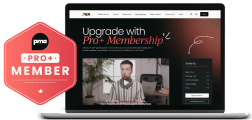


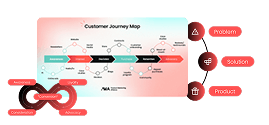
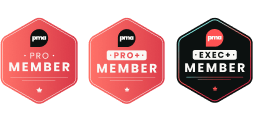


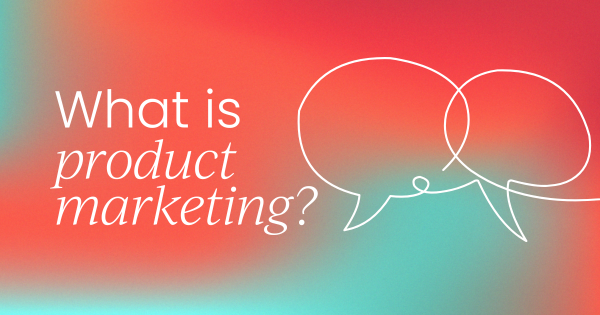
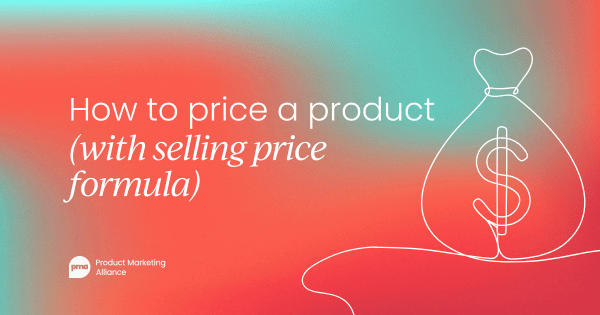
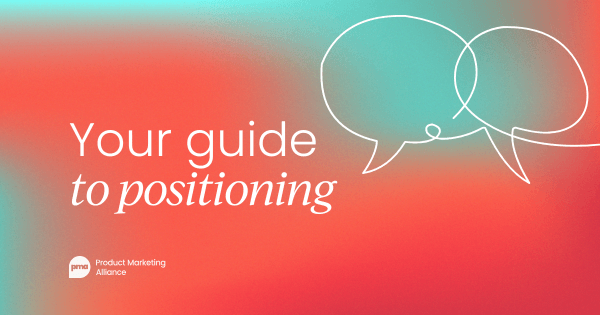
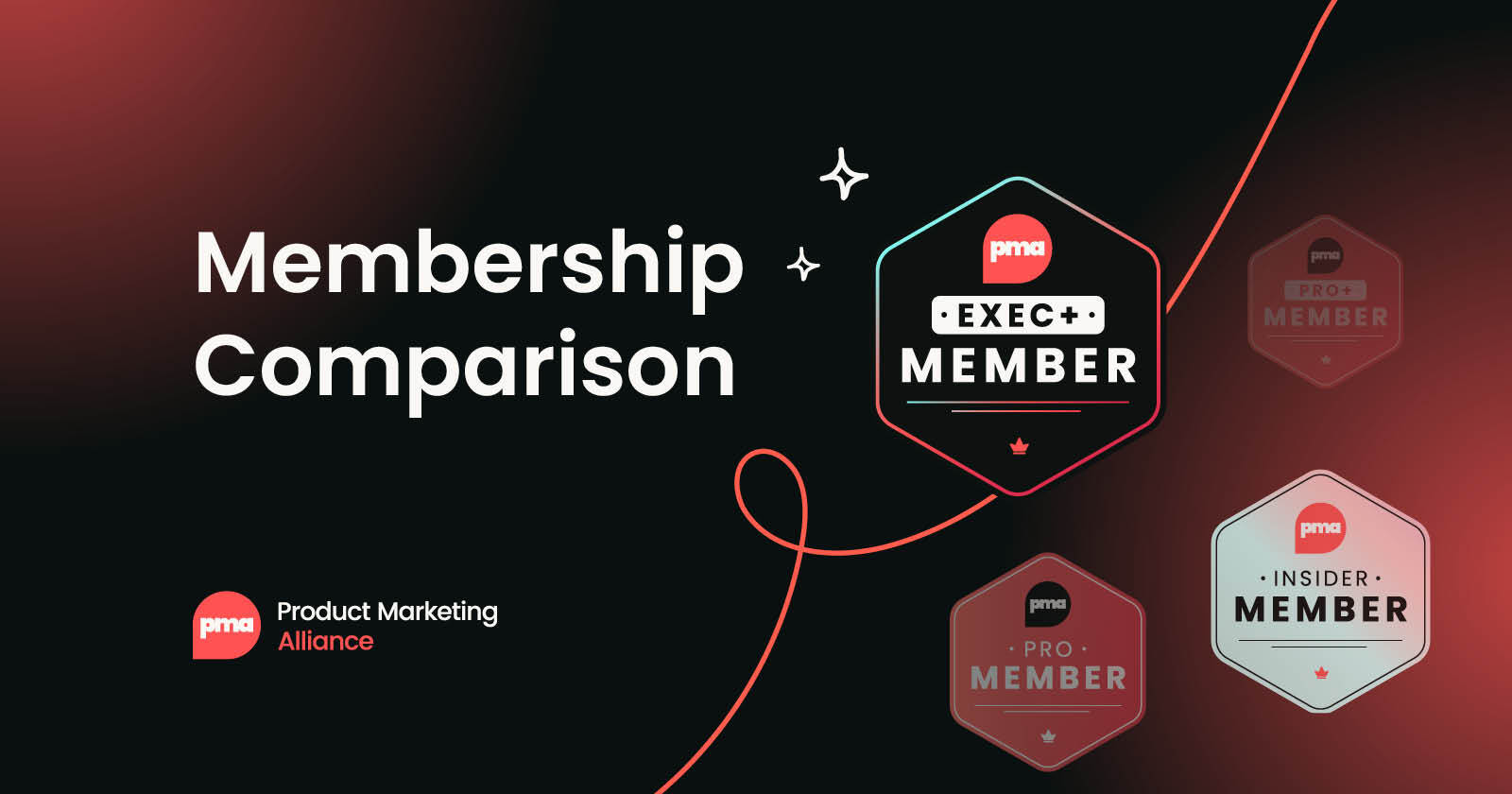
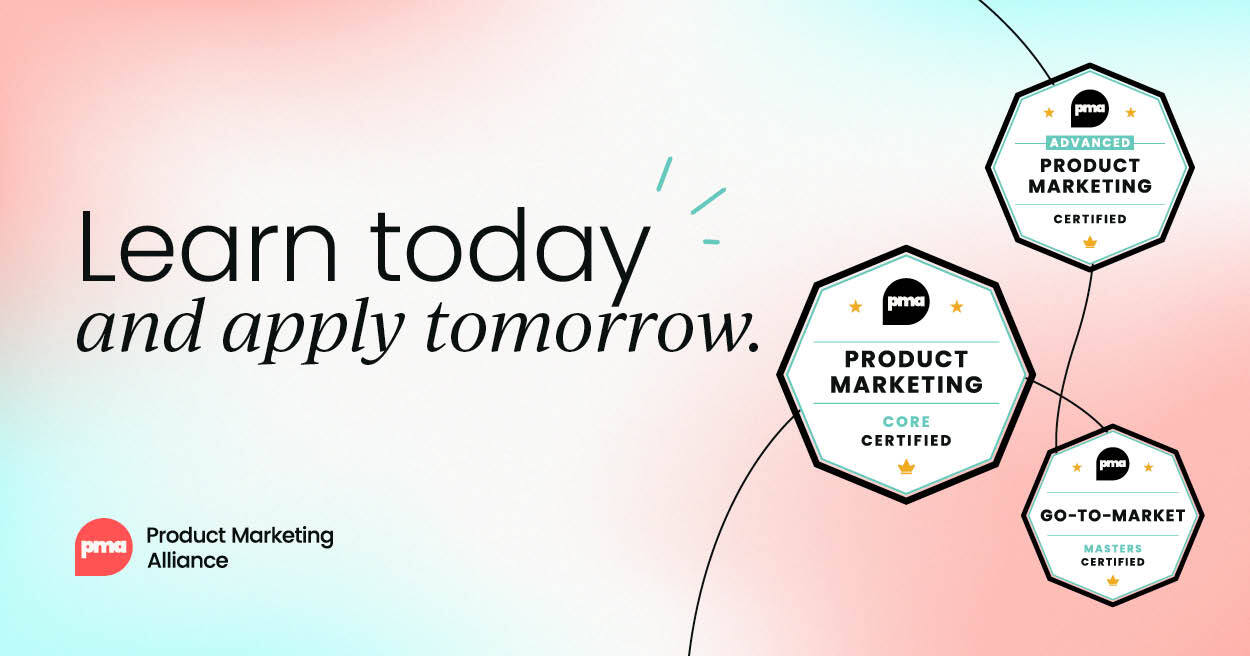
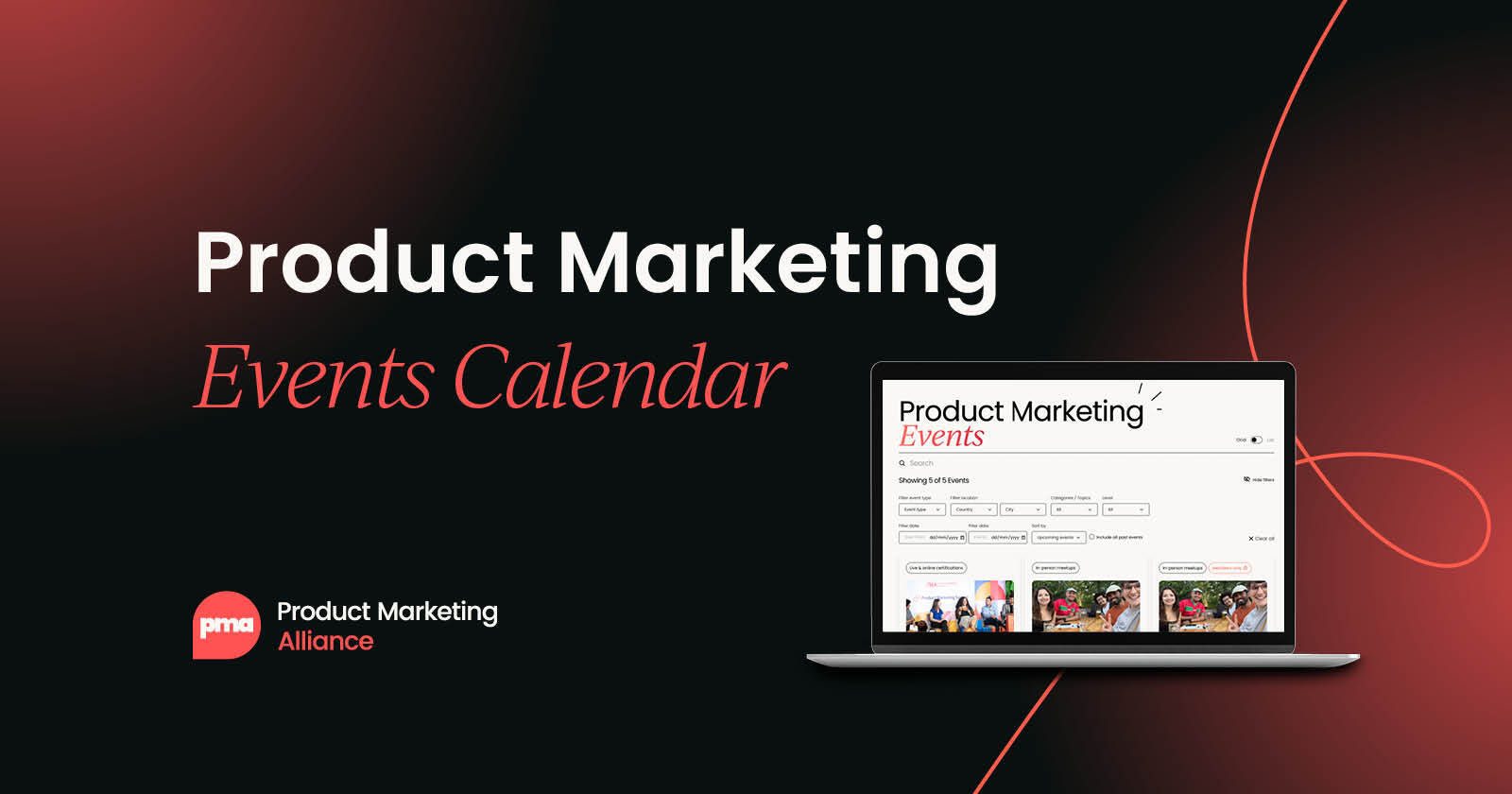


 Follow us on LinkedIn
Follow us on LinkedIn




.svg)
Start the conversation
Become a member of Product Marketing Alliance to start commenting.
Sign up now